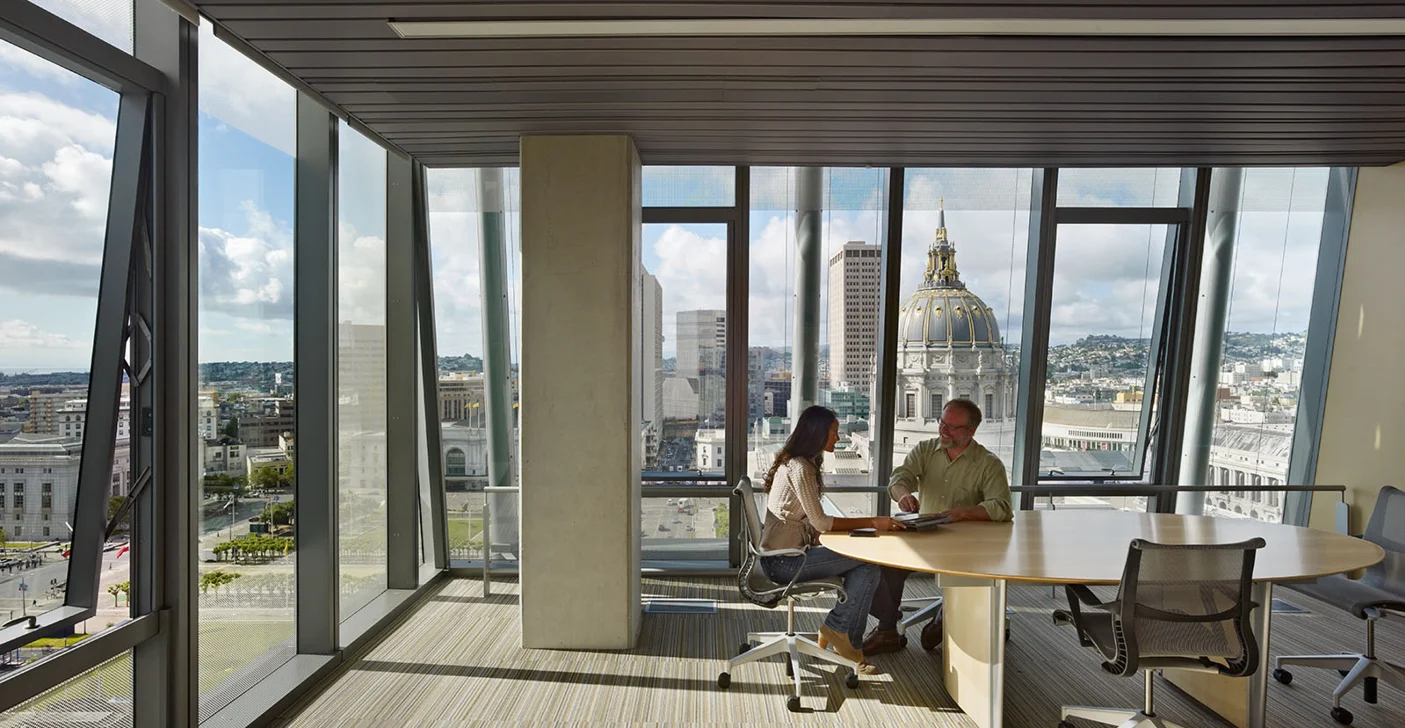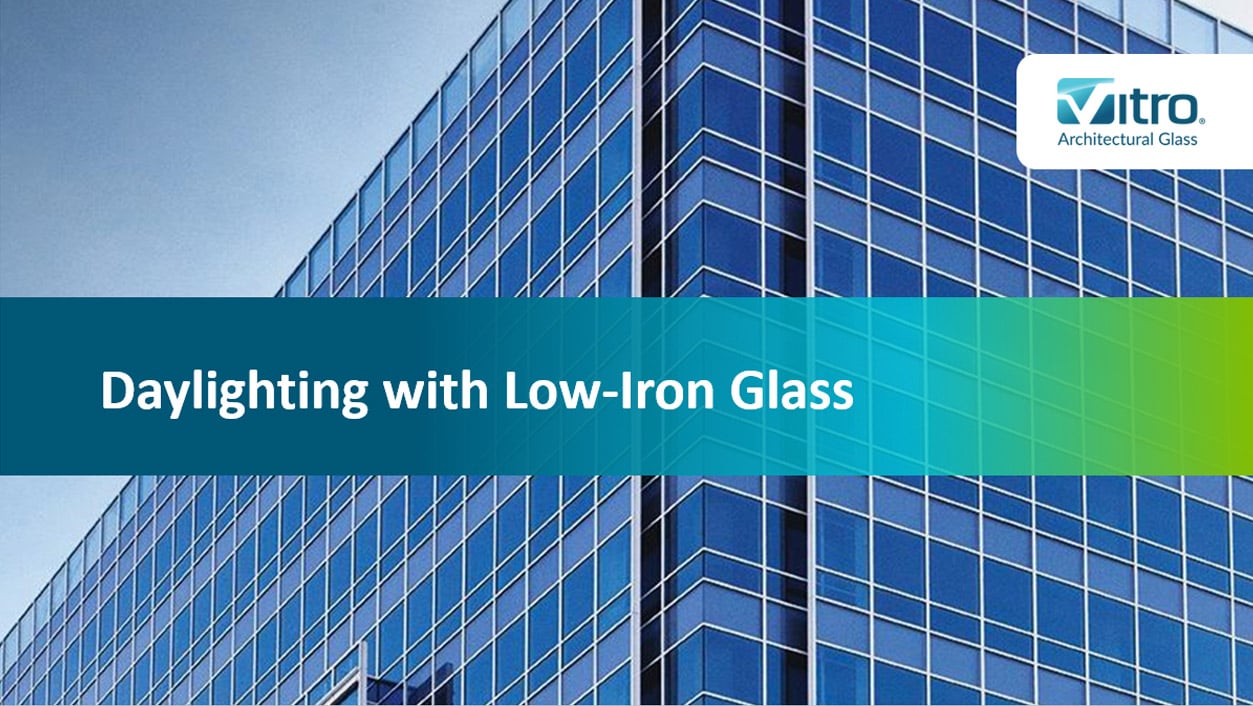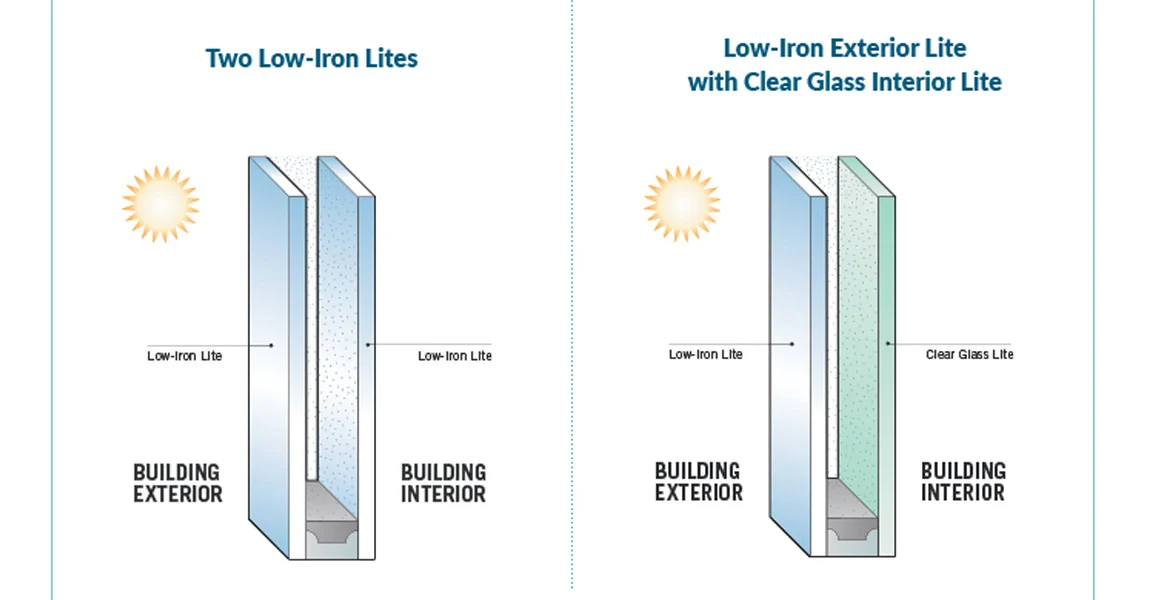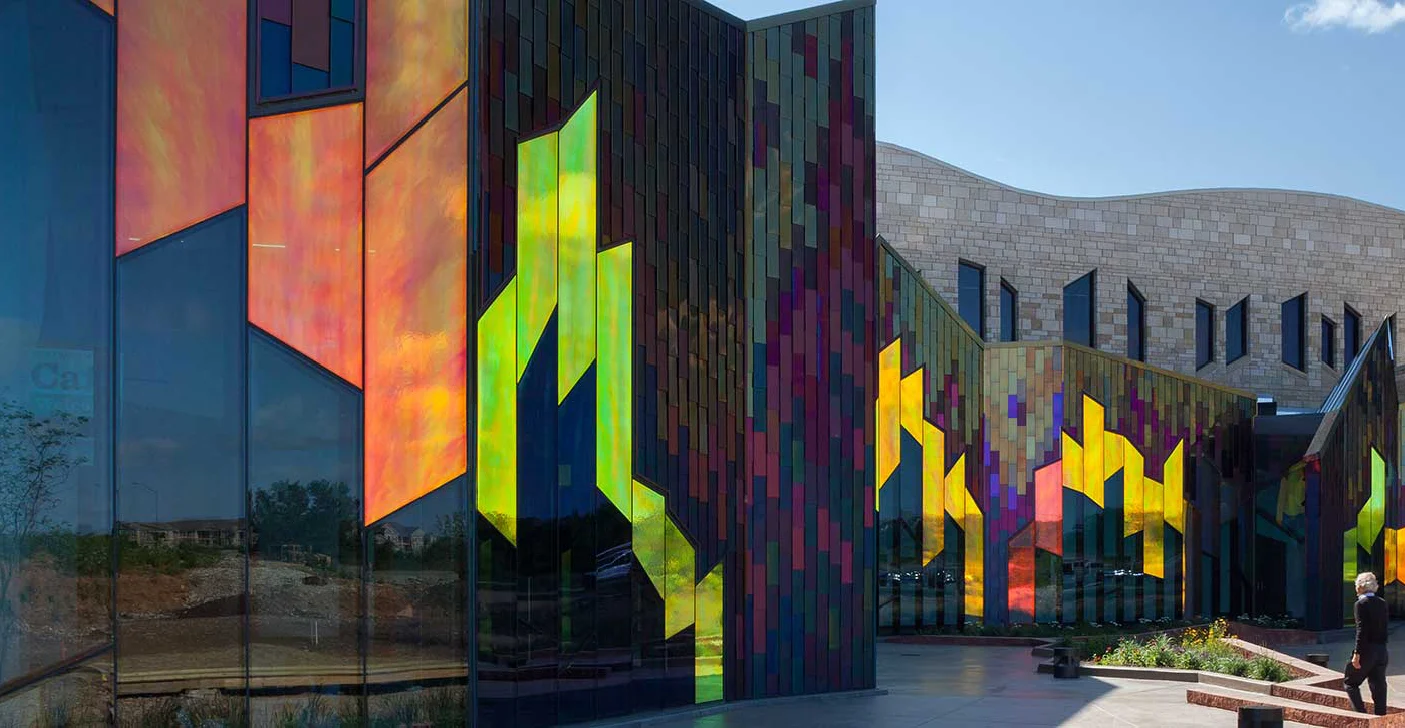Choosing the right architectural glass is crucial to a successful project. For more informed decisions in the evaluation, selection and specification of architectural glass, Vitro Architectural Glass (formerly PPG glass) recommends becoming familiar with the properties and benefits of the four most common glass types: low-e coated glass, clear glass, low-iron glass and tinted glass.
The Common Uses of Clear Glass
Clear glass is extremely common, and is popular in a variety of architectural design applications. From applications ranging from vision glass to spandrel glass, clear glass is often specified due to its versatility and ability to serve as a substrate for low-emissivity (low-E) coatings. In addition to its compatibility with solar control or passive low-E coatings, clear glass is also relatively inexpensive, and is frequently selected for its neutral color.
Well-daylit interiors boast a range of benefits, such as occupant mood and productivity, a sense of connectivity between spaces, decreased use of artificial light and energy bills, stunning views to the outdoors and dazzling color transmission.
Clear glass is extremely common and is popular in a variety of architectural design applications. However, when specifying glass to achieve a truly transparent aesthetic, design professionals know that clear glass isn’t completely clear—it has a distinct green hue when viewed under light.
When designing commercial spaces, choosing the right type of glass is critical. In order to choose the right product, evaluating a glass’s aesthetic characteristics up close by viewing a glass sample is also crucial.
In recent years, glass fabricators have made significant advances in their technologies, creating a range of decorative glass applications that are increasingly specified by architects who seek distinctive, colorful or visually interesting designs.








